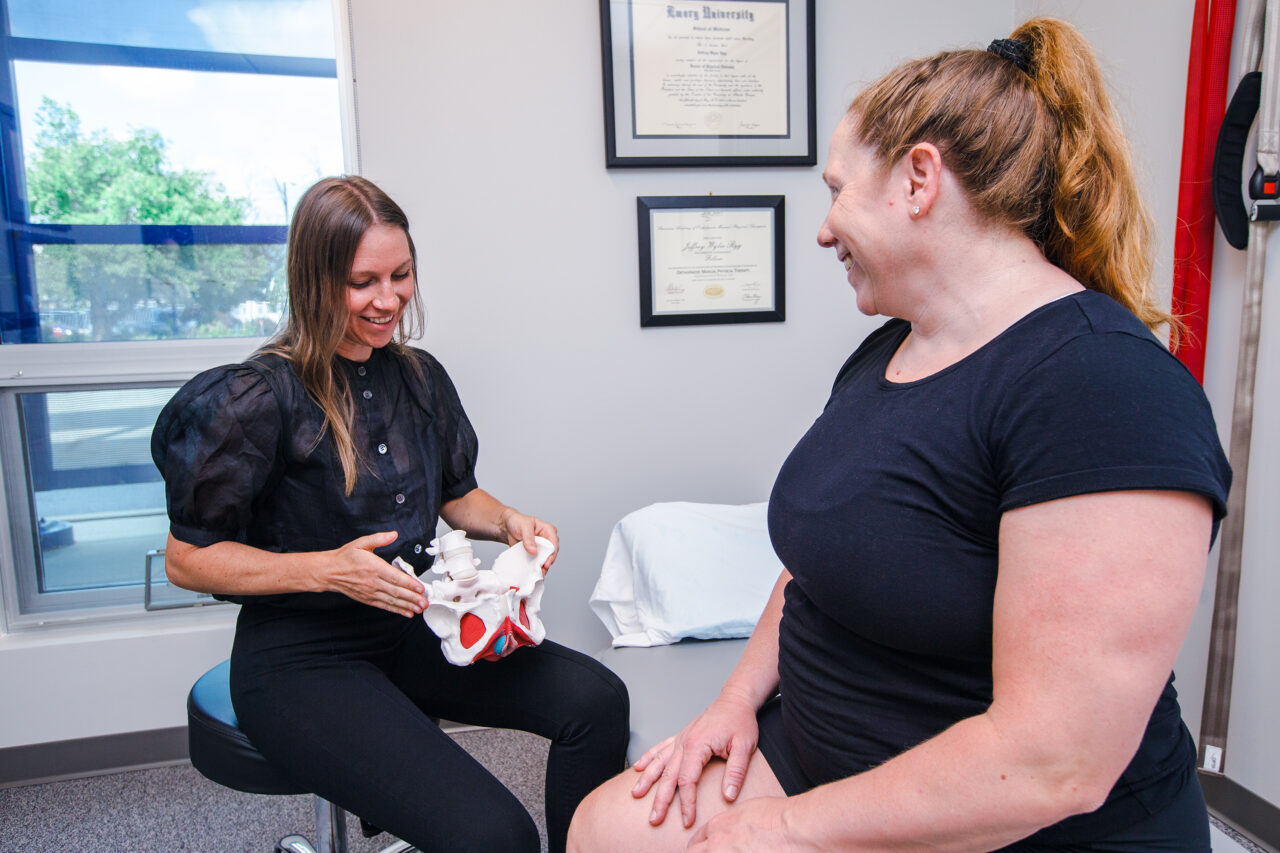Endometriosis is a challenging and often debilitating condition where endometrial-like tissue grows outside the uterus, leading to severe pelvic pain and discomfort. People suffering from endometriosis often face not just physical pain but also emotional and psychological stress. While traditional treatments focus on hormonal therapies and surgery, a growing body of research suggests that physical therapy can play a significant adjunctive role in managing this condition.
Understanding Endometriosis and Its Challenges
Endometriosis manifests as endometrial tissue growing outside its normal location, such as on the ovaries, pelvic peritoneum, or even scars from surgeries. This aberrant tissue responds to the hormonal cycle, causing inflammation, pain, and sometimes the formation of adhesions. The pain associated with endometriosis can be relentless, impacting various aspects of daily life, including ability to participate in activity/exercise, sexual activity, bladder function, bowel movements, and overall quality of life. Beyond pain, endometriosis can pose risks for neoplasia, including endometrial and clear cell carcinoma.
Risk factors for endometriosis include genetic predisposition, early menstruation, and various lifestyle factors. The pain typically worsens with menstruation due to hormonal changes, which can significantly affect a woman’s daily activities and emotional well-being.
The Potential of Physical Therapy
Physical therapy encompasses a range of treatments that can help alleviate pain and improve functional outcomes in patients with endometriosis. This approach can be particularly beneficial when used in conjunction with traditional medical treatments. These are the main forms of physical therapy we utilize in our Boulder Physical Therapy and Lafayette Physical Therapy clinics for managing endometriosis include:
- Individualized exercise program: This involves tailored exercise programs designed to enhance musculoskeletal function, alleviate pain, and improve overall physical health. Specific exercises that lengthen and strengthen the pelvic floor and surrounding muscles, reducing pain and enhancing movement.
- Learn to train in accordance with your menstrual cycle: A physical therapist can offer information to best help you navigate your cycle and in which phases to focus on heavier versus lighter exercise.
- Manual Therapy: Techniques such as visceral therapy, which focuses on the manipulation of internal organs, and myofascial release can address adhesions and restrictions in the pelvic region. Dry needling is a proven method to relieve pain by reducing tension and improving blood flow to areas in the abdomen and pelvis. In conjunction, these methods aim to improve tissue mobility, reduce pain, and improve efficiency with exercise interventions.
- Post-Operative Physiotherapy: After surgical intervention, physical therapy can aid in faster recovery by reducing complications such as circulatory issues and improving mobility. Techniques include breathing exercises, joint mobilization, soft tissue mobilization, and scar therapy to ensure optimal healing.
Take home message
The integration of physical therapy into endometriosis care offers a holistic approach to managing the condition, addressing both physical and emotional aspects. For patients suffering from endometriosis, exploring physical therapy options could provide significant relief and improve their overall quality of life. As research continues to evolve, physical therapy may become a cornerstone in the multidisciplinary management of endometriosis, providing hope and tangible benefits for those affected.
To schedule your appointment today with our pelvic health specialists in Boulder or Lafayette, click here.

